The new safety regulations that were put into place by the FAA have made it mandatory to install weather monitoring equipment onboard. For large operators of medical air services this regulation has been quite an impediment for business. For instance, Air Methods had to ground a large portion of its fleet due to this rule. The regulation was causing problems both to patients and the air ambulance business. However, Air Methods has now persuaded the FAA for some exceptions that will not have a huge bearing on the safety standards of its medical air services.
The FAA Exception for Medical Air Services
The exception has come in the form of satellite weather simulation. The argument placed by Air Methods was that the forecasts that are transmitted by the satellites are similar to that gathered by the radar systems. It further added that the advanced operational control center and the pilot training was enough to ensure safety of the patients and the crew members on board the air ambulances. The exception, at present, has been granted only to a few medical air services.
The Impact on Medical Air Services
The exception has had a profoundly positive business impact on Air Methods as more than one-fourth of its fleet will now be able to fly without upgrading the meteorological monitoring systems. A similar exemption was also given to Calstar medical air services, which is based out of California. Air Methods on its part opined that satellite weather simulation “gives pilots better situational awareness.”
The full use of satellite weather information during medical flights though will take a bit more time, pending pilot training. Flight Safety International has been chosen by Air Methods to train most of its pilots. The training will begin next year. The move will help save thousands of dollars as medical air services providers will need to spend less on maintenance, installation and upkeep.


